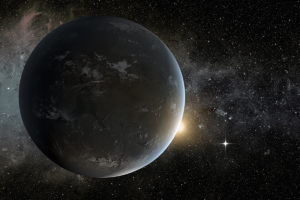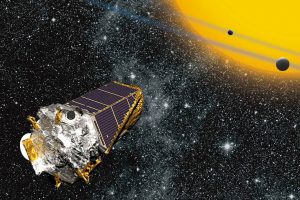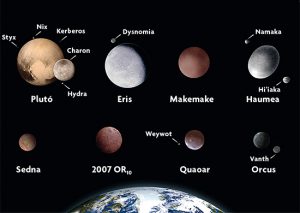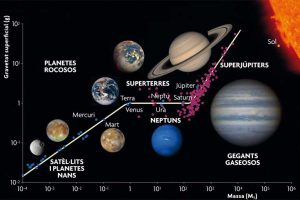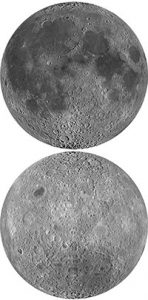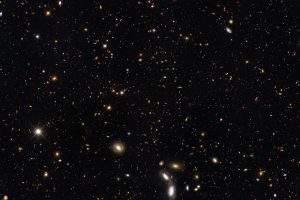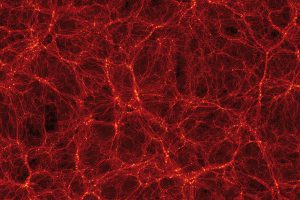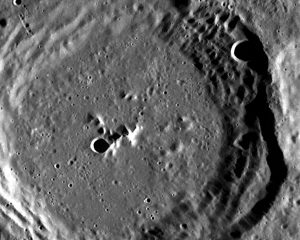Search
When I was a kid, I was told that stars were faraway suns, and I asked myself if all of them had planets around. For many years I was convinced that the question would never have an answer, but I was wrong. It is possible
Recently, a star with a very unromantic name, KIC 8462852, became a trend in some social networks. It is a very common star, located in our galactic neighborhood, some 1,500 light years from the Earth. Our galaxy is 100,000 light years in diameter, so we
It is clear that there are not only five dwarf planets, but probably many more, possibly thousands.
One of the most common scientific inaccuracies in science fiction movies with journeys to other worlds is their depiction of gravity. With very few exceptions, gravity in the other planet is almost the same as in the Earth. It matters not that the action is
The last song in Pink Floyd’s LP The Dark Side of the Moon, published in 1973, mentioned it: «There’s no dark side of the Moon really. Matter of fact, it’s all dark. »
Question submitted by FRANCESC AGUILAR I DOMENJÓ (Grau de Castelló). MANEL PERUCHO answers: The latest Background Microwave Radiation observations and type Ia cosmological supernovae indicate that the Universe has a flat geometry and its expansion is accelerating. This fact, which seems unrelated to the question, is
On a cloudless and moonless quiet night and, above all, away from the city's light pollution, the beauty of the sky fascinates us. This is why, ever since ancient times, humans thought that this must be the work of the gods and so associated constellations
Throughout the history of astronomy, various thinkers, philosophers and scientists have postulated the existence of entities which, not being visible or detectable in their time, or perhaps ever, were however necessary to maintain the stability of the cosmos, as they saw and understood it.
© NASA/Johns Hopkins University Applied Physics Laboratory/Carnegie Institution of Washington. Picture of the Ausiàs March crater in Mercury obtained by the Messenger mission. The first Europeans to ever arrive in America found a new word but they did not know its toponymy. The conquerors, not very refined
Since Swiss astronomers Michel Mayor and Didier Queloz announced the discovery of the first extrasolar planet or exoplanet, in 1995, different research groups worldwide took up the hunt for planets orbiting nearby stars. Hundreds of exoplanets have been indirectly detected. Most have been discovered by

